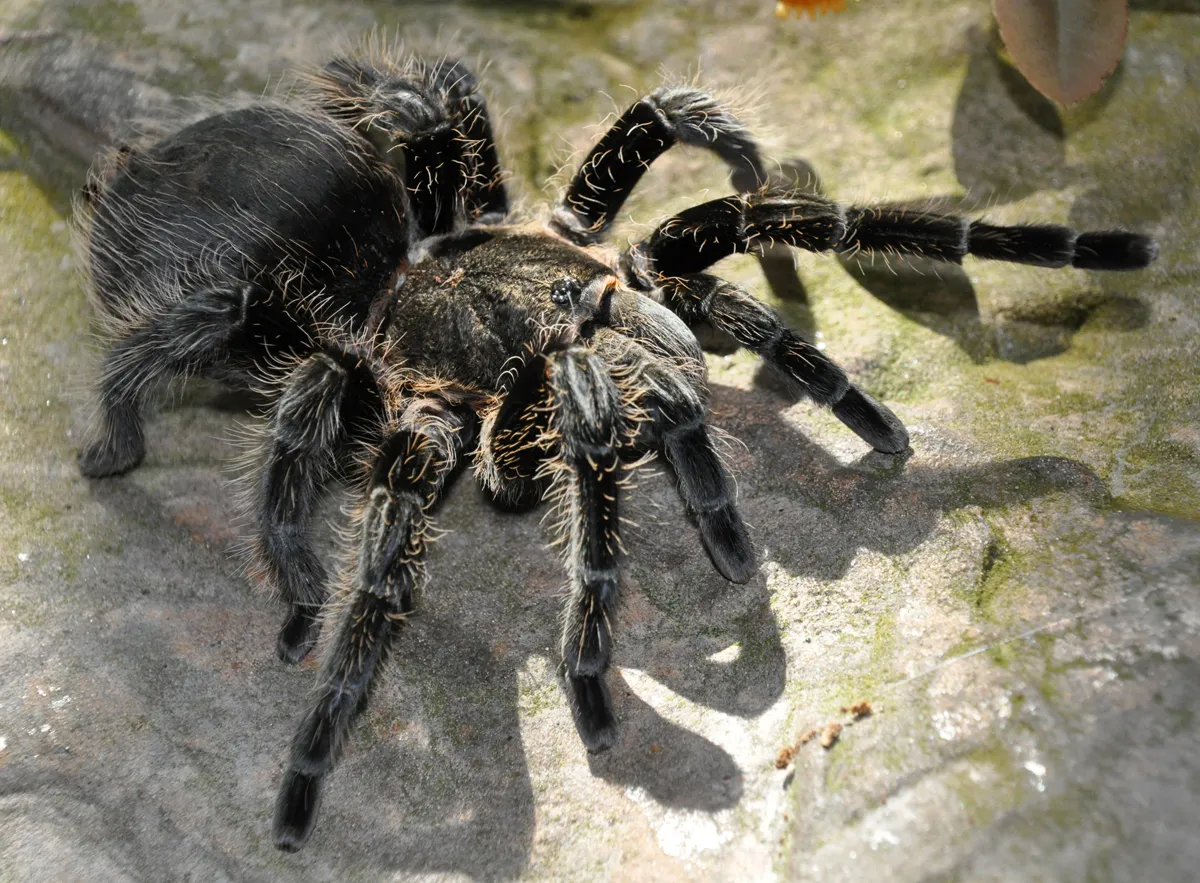What is a Goliath Tarantula?
The Goliath Birdeater (Theraphosa blondi), often simply called the Goliath tarantula, is one of the largest spider species in the world. Native to the rainforests of northern South America, this impressive arachnid has captured the fascination of scientists, arachnophiles, and curious individuals alike. Its sheer size and imposing presence make it a subject of both awe and, for some, fear. The Goliath tarantula is not just big; it’s a complex creature with unique adaptations and behaviors that allow it to thrive in its environment. Understanding this spider requires looking beyond its size and exploring its characteristics, habitat, behavior, and interactions with the world.
Appearance and Characteristics
The Goliath tarantula is truly gigantic, with a leg span that can reach up to 12 inches (30 cm) and a body length of over 4 inches (10 cm). Its body is covered in coarse, reddish-brown hairs, which give it a somewhat intimidating appearance. These hairs serve a dual purpose: they provide camouflage within the rainforest environment and act as a defensive mechanism. The spider’s fangs are also significant, measuring up to an inch (2.5 cm) in length, capable of delivering venom, though they are primarily used for grasping and subduing prey rather than causing serious harm to humans. The Goliath tarantula’s overall appearance is one of robust power, perfectly suited for its predatory lifestyle.
Habitat and Distribution

These giant spiders are primarily found in the rainforests of northern South America, including countries like Brazil, Venezuela, Guyana, Suriname, and French Guiana. They prefer humid environments, typically living in burrows or under rocks and logs on the forest floor. The Goliath tarantula’s habitat is crucial to its survival, as it provides both shelter from predators and a hunting ground for prey. The moist, warm conditions of the rainforest support a rich ecosystem, offering an abundance of insects, small vertebrates, and other creatures that serve as the spider’s food source. The tarantula’s distribution is limited by the availability of suitable habitat, making the conservation of rainforests critical for its continued survival.
Are Goliath Tarantulas Poisonous?
A common question about Goliath tarantulas, and tarantulas in general, is whether they are poisonous. The answer is no. Tarantulas are venomous, not poisonous. This is a crucial distinction. Poisonous creatures release toxins through touch or consumption, while venomous creatures inject toxins, typically through fangs or stingers. Goliath tarantulas use their fangs to inject venom into their prey, such as insects, small rodents, and even birds. The venom helps to immobilize and begin the digestive process. While the venom can be painful, it’s generally not life-threatening to humans, though it can cause localized pain, swelling, and other symptoms.
The Truth About Tarantula Bites
Tarantula bites, including those from a Goliath tarantula, are often less dangerous than they appear. The primary threat is usually the mechanical damage from the fangs and the introduction of venom. The bite itself can be painful due to the size of the fangs and the pressure they exert. The venom, while not usually lethal, can cause a range of symptoms. It’s important to note that tarantulas are generally not aggressive and will only bite if they feel threatened or provoked. Many bites occur when the spider is handled or accidentally disturbed. While the bite might be unpleasant, it’s rarely a serious medical emergency.
Symptoms and Treatment
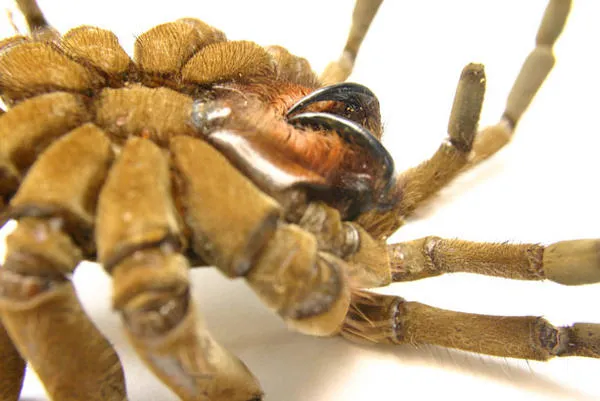
Symptoms of a Goliath tarantula bite can include localized pain, swelling, redness, and itching at the bite site. Some individuals may experience muscle cramps, nausea, or a headache. These symptoms usually subside within a few hours or a day or two. Treatment for a tarantula bite primarily involves cleaning the wound with soap and water to prevent infection. Applying a cold compress can help reduce pain and swelling. Over-the-counter pain relievers, such as ibuprofen or acetaminophen, can manage discomfort. In rare cases, if symptoms are severe or if an allergic reaction occurs, medical attention may be necessary. It’s essential to monitor the bite site for signs of infection, such as increasing redness, pus, or fever.
Venom vs. Poison
The terms “venom” and “poison” are often used interchangeably, but they have distinct meanings, particularly in the context of the natural world. Venom is injected into a victim through a bite, sting, or other means. Examples of venomous animals include snakes, spiders, and scorpions. Poison, on the other hand, is ingested, inhaled, or absorbed through the skin. Examples include poisonous plants, certain types of mushrooms, and some amphibians. The Goliath tarantula, being a spider, utilizes venom injected through its fangs. This distinction is critical in understanding how the toxin affects a victim. The method of delivery fundamentally changes how the body reacts to the toxin and the type of first aid or medical treatment required.
Goliath Tarantula Behavior
Understanding the behavior of a Goliath tarantula is key to appreciating this remarkable creature. These spiders are primarily nocturnal, meaning they are most active at night. During the day, they typically hide in their burrows or under cover to avoid predators and conserve energy. Goliath tarantulas are ambush predators, meaning they wait patiently for prey to come within striking distance. They have sensitive hairs on their legs that can detect vibrations in the ground, alerting them to the presence of potential meals. Their behavior is a fascinating mix of patience, stealth, and sudden bursts of activity when hunting. Their nocturnal lifestyle is a crucial adaptation for survival in their rainforest habitat.
Diet and Feeding Habits
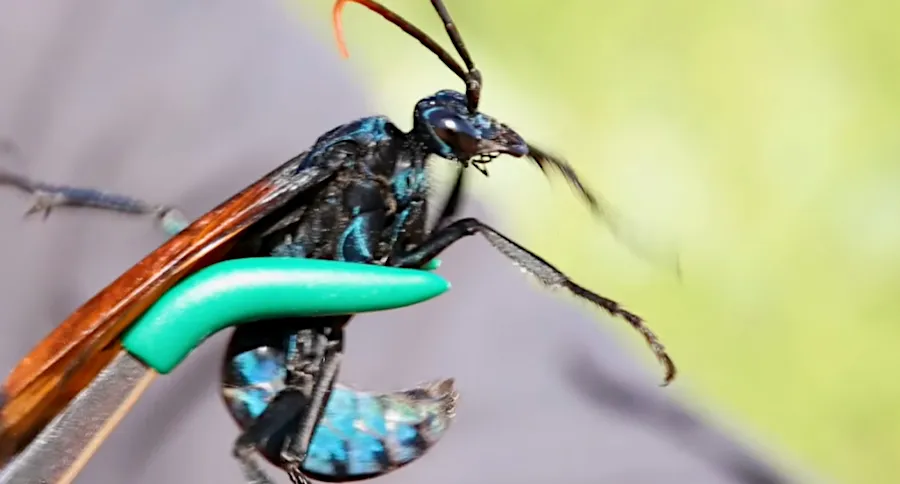
The Goliath tarantula is a carnivore, and its diet primarily consists of insects, such as crickets and cockroaches, but it can also take down larger prey like small lizards, rodents, and even birds. The spider’s powerful fangs and venom are crucial for capturing and subduing its prey. Once the prey is captured, the tarantula injects venom to immobilize and begin the digestive process. It then uses its fangs to grind the prey into a pulp, effectively “drinking” the nutrient-rich fluids. The Goliath tarantula’s diet is directly related to its size and the energy required to maintain its massive frame. It is a highly efficient predator, playing an essential role in its ecosystem.
Defensive Mechanisms
Despite its size and formidable appearance, the Goliath tarantula has several defensive mechanisms. One of the most notable is the urticating hairs located on its abdomen. When threatened, the spider can flick these tiny hairs towards a perceived threat, causing intense itching and irritation upon contact. In addition to the hairs, Goliath tarantulas may also raise their front legs and display their fangs, a clear warning to potential predators. They may also hiss by rubbing their legs together, creating a sound that can deter attackers. These defensive strategies are crucial for survival in a world where the tarantula itself can be preyed upon by larger animals. Understanding these behaviors is essential for responsible pet ownership and appreciation of this species.
Goliath Tarantula as Pets
Goliath tarantulas are sometimes kept as pets, although they are not recommended for novice keepers due to their size, specific care requirements, and potential for a painful bite. Keeping a Goliath tarantula requires a large enclosure with appropriate substrate, temperature, and humidity levels that mimic its natural habitat. Proper care includes providing a varied diet of insects and other appropriate prey, as well as ensuring a clean and safe environment. While they are fascinating creatures, responsible ownership is crucial, requiring a thorough understanding of the spider’s needs and potential risks.
Keeping a Goliath Tarantula
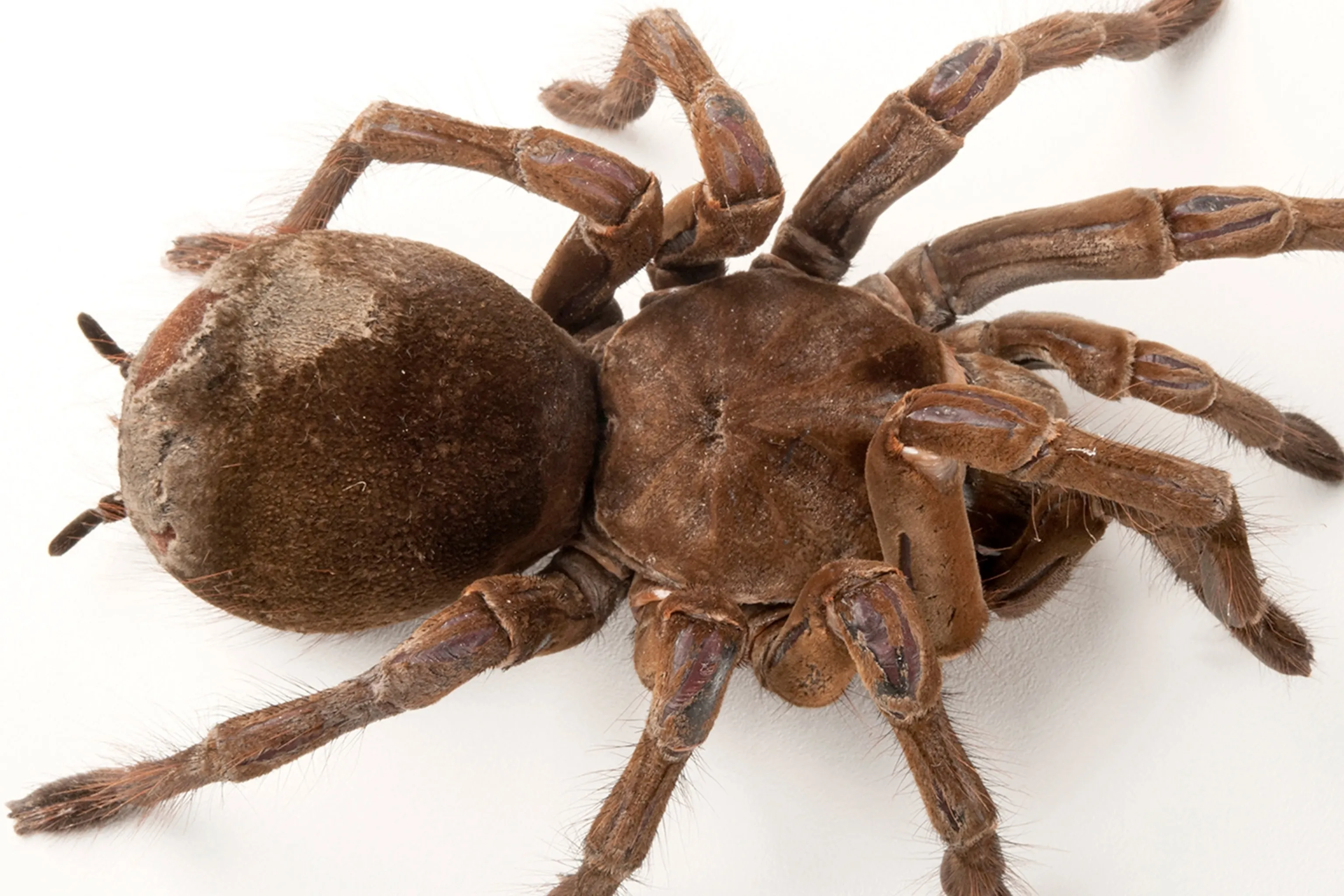
If you choose to keep a Goliath tarantula as a pet, several factors are critical. The enclosure should be spacious, well-ventilated, and secure. The substrate should be deep and capable of holding moisture to maintain the proper humidity levels. Temperature control is essential; the environment needs to be warm and humid, similar to its natural rainforest habitat. You must provide a hide or burrow to allow the spider to feel secure. Feeding should be regular but not excessive. Always ensure a fresh water source is available. Handling should be kept to a minimum, as these spiders are easily stressed and can deliver a painful bite. Thorough research and a commitment to providing the appropriate environment are essential for the health and well-being of your pet.
Responsible Ownership
Responsible ownership of a Goliath tarantula entails several commitments. It involves understanding the spider’s needs, being prepared for the potential risks, and knowing how to provide the best possible care. This includes ensuring a suitable habitat, a proper diet, and regular maintenance of the enclosure. Owners should be aware of the potential for bites and have a plan in place for dealing with them. Moreover, responsible ownership includes respecting the animal and refraining from unnecessary handling, and providing an enriching environment. This responsibility extends to the ethical sourcing of the spider and the care of the spider if the owner can no longer care for it.
Interesting Facts About Goliath Tarantulas
The Goliath tarantula has several interesting facts, making it an even more intriguing creature. Its size is one of the most remarkable aspects; it is the world’s largest spider by mass, with some individuals weighing over 6 ounces (170 grams). They have a lifespan of up to 25 years for females, while males typically live for a shorter period. Goliath tarantulas, like other spiders, molt, shedding their exoskeleton to grow. This process can take several hours and leaves the spider vulnerable. These facts highlight the unique biology and behavior of the Goliath tarantula.
Size and Lifespan
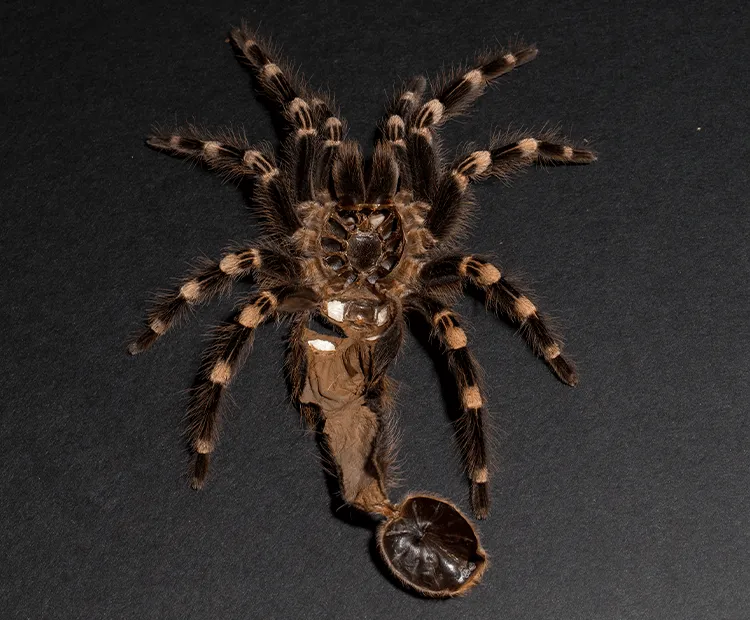
The Goliath tarantula’s impressive size is a major distinguishing feature, with leg spans up to 12 inches (30 cm). Its substantial mass is a direct result of its feeding habits and overall physiology. Female Goliath tarantulas generally live longer than males, with females living up to 25 years. Males typically live for 3-6 years. The lifespan is greatly influenced by environmental conditions and overall care. Their long lifespan allows them to reach their maximum size and contribute significantly to their local ecosystems.
Conservation Status
Currently, the Goliath tarantula is not listed as threatened or endangered by major conservation organizations. However, the species faces threats, primarily due to habitat loss and the pet trade. Deforestation and the destruction of its rainforest habitat are significant concerns. Poaching for the pet trade can also negatively affect local populations. Conservation efforts should focus on protecting their natural habitat and promoting responsible pet ownership to ensure the long-term survival of this fascinating species. Supporting sustainable practices in areas where the Goliath tarantula lives is crucial.
